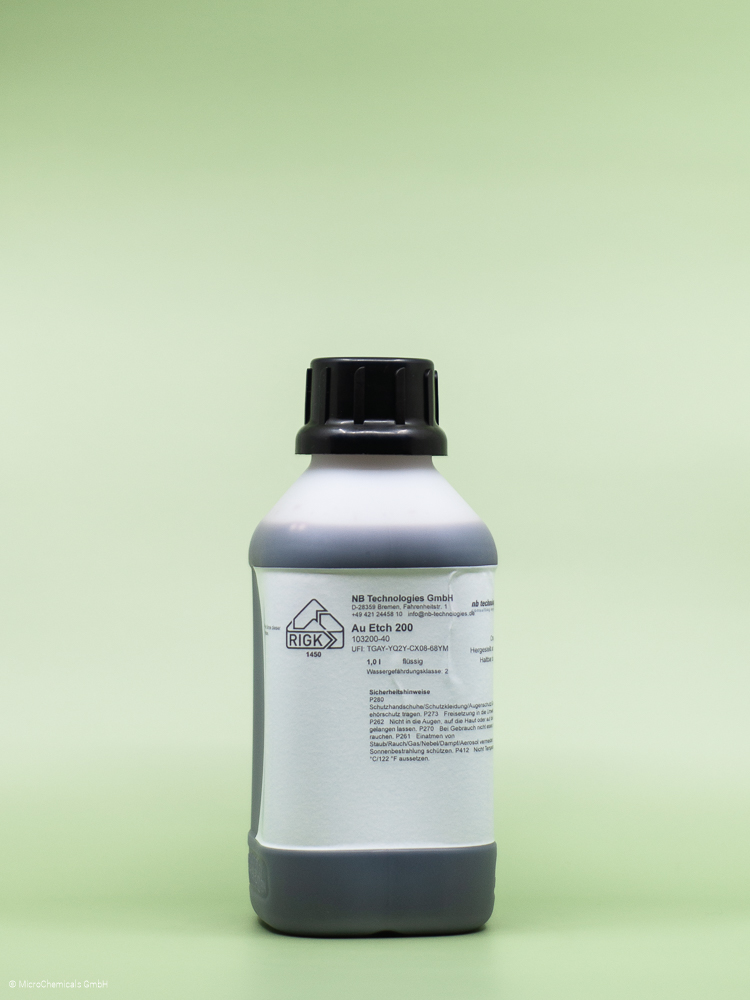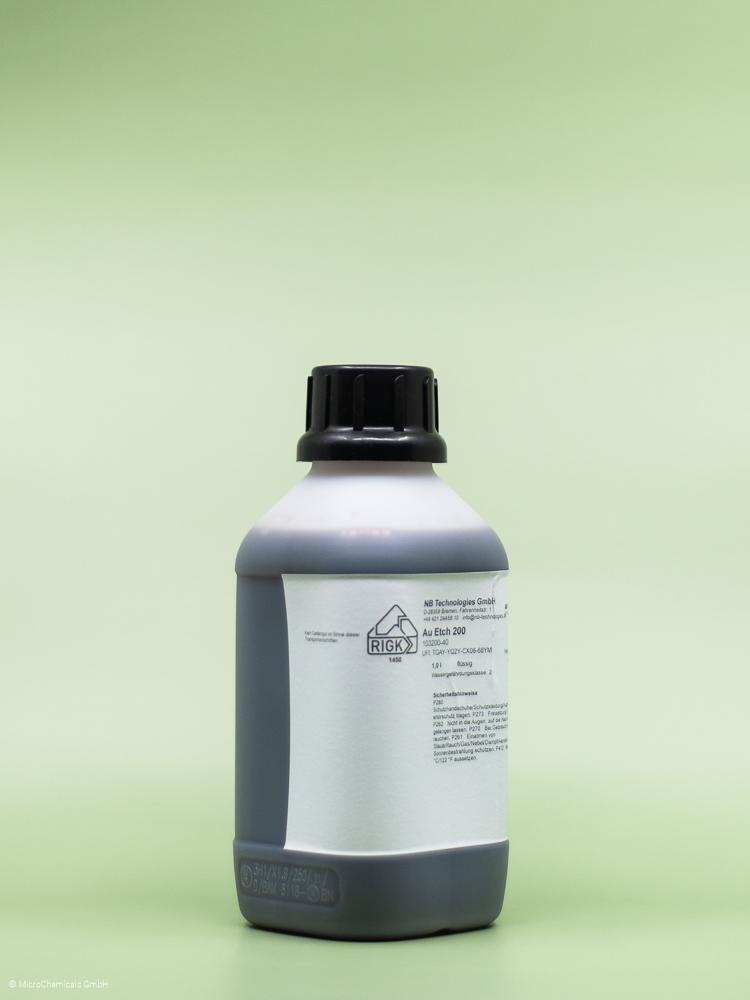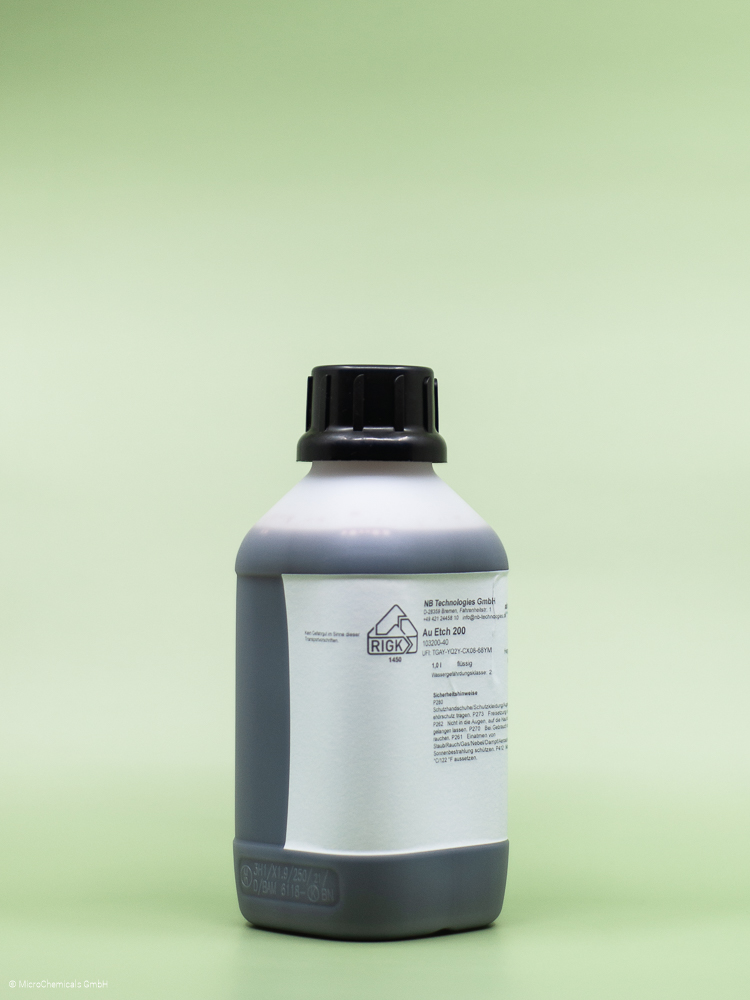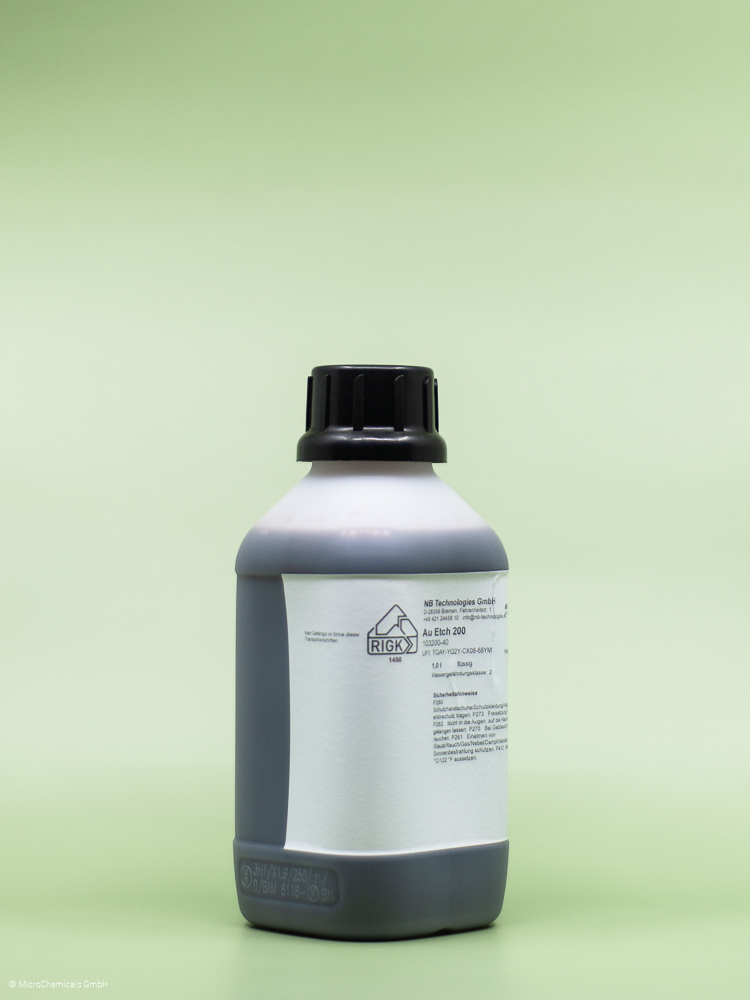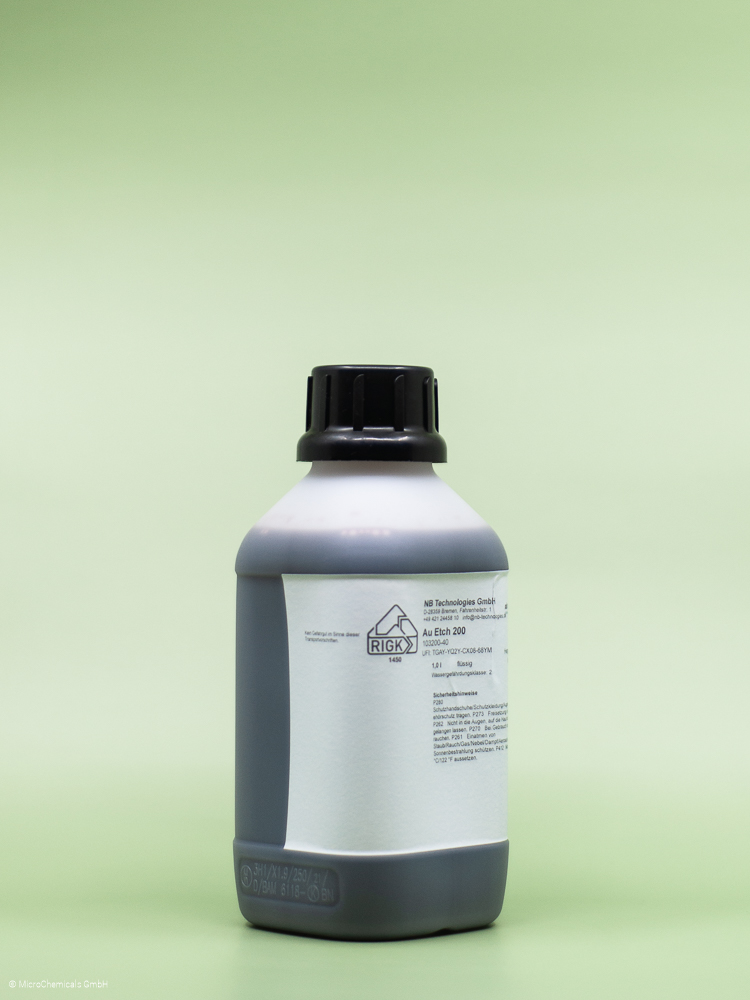ELECTROCHEMICAL DEFINITION
Electrodes
Electrodes 1st type
These are the "typical" metal electrodes discussed in the previous sections , from which the metal emerges in the form of dissolved ions and is oxidised according to the oxidation number z of the metal ions according to Me → Mez+ + z e- Electrons remain in the electrode. The equilibrium potential can be determined using the Nernst equation. The metal is therefore present in two phases: Metallic in the electrode and dissolved in the electrolyte.
2nd type electrodes
In electrodes of the 2nd type, the dissolved ions do not dissolve (or only to a small extent), but form a poorly soluble compound with (mostly) anions from the electrolyte, which precipitates almost completely . The metal of the 2nd type electrode is therefore present in three different phases: Metallic, ionised in solution and precipitated as a salt . The equilibrium potential can also be calculated here from the Nernst equation, whereby the concentration of the free ions from the solubility product of the precipitating compound in the electrolyte must be determined. An example of an electrode of the 2nd type is a silver electrode in a potassium chloride solution, whereby sparingly soluble AgCl is formed. The silver is present in equilibrium as metal (as electrode), precipitated AgCl and to a small extent dissolved in the electrolyte (free Ag+ ions).
Electrodes of the 3rd type
If more than one substance in the electrolyte reacts with the electrode, several redox systems are present in parallel, which - if both systems share the same anions - are coupled with each other via their solubility products. An example of electrodes of the 3rd type is a silver electrode immersed in AgS and PbS.
Redox electrodes
Redox electrodes do not go into solution, but only take part in the electrochemical redox reactions as electron donor or acceptor and, if necessary, as a catalyser. The platinum electrodes used in the electrolysis of diluted hydrochloric acid u H2 and Cl2 are such redox electrodes. Redox electrodes are also used as measuring probes, e.g. for pH value measurement, where the electrode must not dissolve in order not to contaminate the medium to be measured and must not suffer any surface or shape changes for stable measurements.
Gas electrode
A gas electrode is first and foremost a metal electrode that is surrounded by a specific gas, which ideally adsorbs as a continuous monolayer on the metal surface. An example of a gas electrode is the standard hydrogen electrode as a reference electrode for determining the standard potential of a substance. This is a platinum electrode surrounded by hydrogen, on whose catalytically active surface H2 is split into hydrogen atoms, which are deposited on the platinum.
Neutral, ionised and dissolved substances
Electrochemical equivalent
The theoretical maximum amount of a substance (in grams) that is deposited at the electrode per ampere hour, defined by the formulaAE =M/(z F), where M is the molar mass, F the Faraday constant and z the oxidation number of the substance. Typical values for metals are between 0.3 g/Ah for the light Al with oxidation number +3, and 7.3 for the heavy gold with oxidation number +1.
(Electrolytic) dissociation
The decomposition of a compound into anions and cations in a solvent, e.g. common salt in water according to NaCl → Na+ + Cl- or hydrochloric acid in water via HCl + H2O→ H3O+ + Cl-. The degree of dissociation of a substance characterises the proportion of this substance that is dissociated under the given conditions (concentration, pressure, temperature, ...).
Hydration (hydration)
Attachment of water molecules to dissolved ions via ion/dipole interactions, or to neutral molecules via hydrogen bonds and/or interactions between static (H2Omolecule) and indexed dipoles. The hydration energy associated with this and the change in entropy (due to stronger localisation of the water molecules) has a decisive contribution to the free enthalpy of solution of a substance and thus also determines its solubility.
Ionisation energy
The energy required to ionise an atom or molecule. Within a period, the first ionisation energy (removal of an electron from the neutral atom) tends to increase due to the increasing nuclear charge number (e.g. Li ... Ne: 5.4 ... 21.6 eV), only to drop sharply again for the next period due to the next higher shell now occupied further away from the atomic nucleus. Already n-fold ionised substances have a significantly higher n. Ionisation energy (e.g. iron: 7.9 eV, 16.2 eV and 30.6 eV for the 1st, 2nd and 3rd ionisation).
Solubility
The maximum concentrationcmax of one substance in another at which the mixture is monophasic at equilibrium. For substances with an exothermic solution reaction (e.g. NaOH) the solubility decreases with increasing temperature, for substances with an endothermic solution reaction (e.g. e.g. KNO3 or NH4NO3) the solubility increases with heating. The value ofcmax defines whether a substance is called very slightly, slightly, slightly or poorly soluble, for example.
Standard potential
The normal or standard potential of a substance is the potential that arises between this substance and a hydrogen electrode when both are immersed in a 1-molar solution of the substance in question under normal conditions (25 °C, 101.3 kPa). The more positive the normal potential, the more "noble" the substance or metal (e.g. lithium=-3.02 V, gold=+1.7 V).
Oxidation number
The charge number of an atom in a compound, assuming that the valence electrons of a particle are each attributed to the more electronegative bonding partner. Atoms in the elementary state always have an oxidation number of 0; for monatomic ions, the oxidation number corresponds to the ionic charge (e.g. Fe3+ has an oxidation number of +3).
Electrolytes and electrodes
Covering capacity
The ability of an electrolyte to deposit a continuous metal layer . Particularly with low average current densities, local fluctuations in the current density can lead to areas on the surface of the workpiece where the current density is too low for sufficient metal deposition.
Conductivity of the electrolyte
Electrolytes are pure ionic conductors with a certain electrical conductivity. Theoretically, the conductivity can be derived from the mobility of the (different) ions contained in the electrolyte, whose concentration is determined by the concentration of the constituents and their temperature- and concentration-dependent degree of dissociation. In practice, interactions between the ions and polarisation effects on the electrolyte/electrode interface also play a role, so that the electrode/electrolyte system only behaves more or less approximately like an ohmic resistor.
pH value
Pure water contains approx. 10-7 mol H3O+ and OH- per litre via autoprotolysis H2O+ H2O-> H3O+ + OH- at room temperature, which according to pH=- log10 [H3O+] corresponds to a neutral pH value of 7. As autoprotolysis is thermally activated, the pH value of ultrapure water at 100°C is already approx. 6. Acids as proton donors increase the concentration of H3O+ ions in aqueous solutions via the release (dissociation) of protons (e.g. hydrochloric acid: HCl + H2O→ H3O+ + Cl-), which lowers the pH value.
Scattering or scattering ability
Due to the geometric shape of the electrodes and an inhomogeneous surface of the electrode on a microscopic scale (roughness, nanocrystallinity), the current density varies over its surface, which has an effect on the electrochemical reactions taking place on the electrode. A distinction is made between ...
Shiny deep scattering: Electrolytes in which shiny layers can be deposited over a large range of the current density distribution have a high shiny deep scattering.
Macroscattering: Electrolytes with high macroscattering allow uniform layer growth over a certain range of the current density distribution, which varies due to the geometric electrode shape.
Micro-scattering: Electrolytes with high micro-scattering enable uniform layer growth over a certain range of the current density distribution, which varies due to the roughness of the electrode surface.
Current yield
The ratio of the amount of metal actually deposited on the cathode to the theoretical value calculated according to the electrochemical equivalent. Values < 100 % are based on reactions parallel to metal deposition, which also consume electrons (e.g. H2 formation from H3O+ ions in the electrolyte). Values above 100 % occur when the anode not only dissolves electrolytically but also chemically and electrons that have become free are available for metal deposition.
Overvoltage
The difference between the voltage required for electrolysis and the theoretical potential difference derived from the voltage series. The causes of an overvoltage are energy-consuming processes in the electrochemical reaction chain such as diffusion, adsorption, stripping of the hydrate shell, gas formation, etc.
Decomposition voltage
The potential difference between cathode and anode calculated theoretically for electrolysis according to the Nernst equation. In addition to the voltage actually required for deposition, overvoltages may also be added. Overvoltages.
Deposited metal layer
Ductility
The ability of a material not to break under external mechanical (over)stress but to deform. Less ductile materials such as glass at room temperature are brittle and break easily, whereas soft metals such as gold with high ductility can be easily moulded at room temperature (e.g. as gold leaf). The ductility of a material depends strongly on its crystalline structure and thus the deposition conditions of the layer.
Gloss
Which surface properties of a material lead to a shiny impression is not yet fully understood, even if a smooth, fine crystalline structure plays a major role in this. In electrodeposition, this basically requires a high nucleation density with simultaneous suppression of the growth of these nuclei into larger crystallites.
Hardness
The mechanical resistance that a material offers to the penetration of a foreign body. Hard layers do not scratch as easily and wear less due to abrasion. There are various methods of hardness testing, such as the Rockwell hardness test (penetration of a test body into the material), the Brinell hardness test (determination of the area of the impression of a steel ball pressed onto the test material) or the Mohs hardness test: The Mohs hardness is an empirical table of unitless values between 1 (talc) and 10 (diamond), in which a substance that is capable of scratching another substance is below this substance (greater Mohs hardness). The hardness of a substance depends strongly on its (nano-)crystalline structure and therefore on the deposition conditions of the layer.
Porosity
The ratio of the microspherical void volume (pores) of a material to its total volume. In materials technology , porosity is categorised as microporous (pores < 2 nm), mesoporous (2 ... 50 nm) and macroporous (> 50 nm). The achieved porosity of a deposited metal layer strongly depends on the deposition conditions and can only theoretically reach the value 1.


